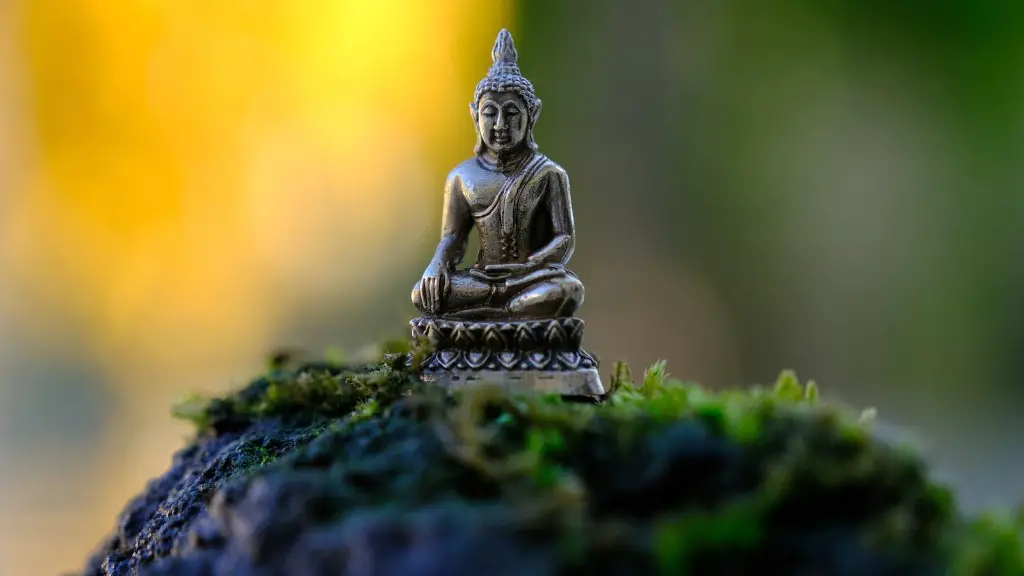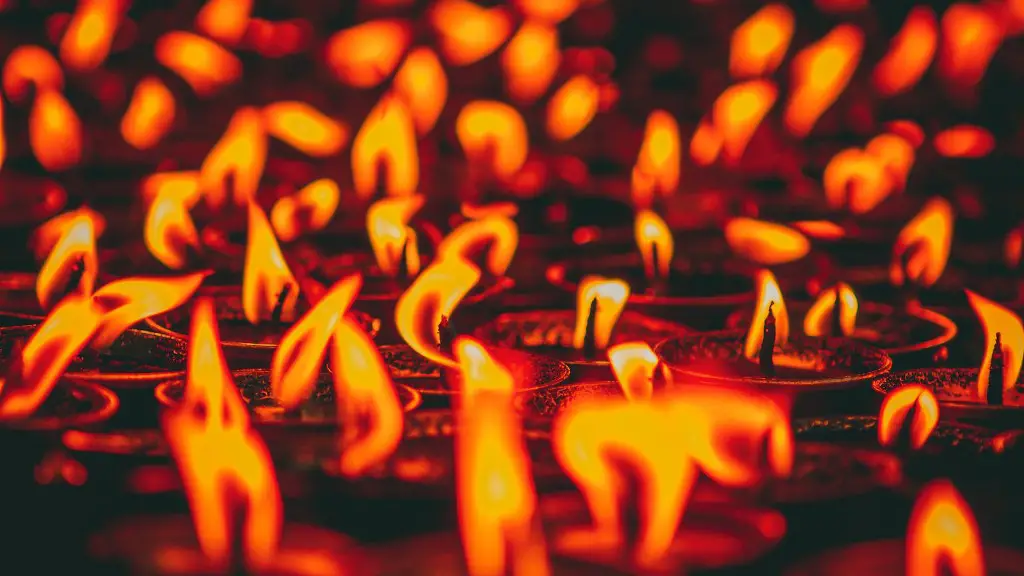Diwali
Diwali or Deepavali is a five days long Hindu festival, celebrated annually between October or November, according to Hindu calendar. The festival celebrates the victory of light over darkness as well as new beginnings. Lord Ram returned to his kingdom after 14 years of exile in the forest and defeated the demon Ravana who had held his wife Sita captive.
Hindus usually decorate their homes with small clay lamps and electric lamps on Diwali night. Fireworks are also an integral part of the celebration. Special firecracker-like items known as ‘patakas’ are lit during Diwali, and gifts are exchanged among friends and family. Prayers are also offered to Goddess Lakshmi, the Hindu goddess of wealth and prosperity, as people believe this brings good luck and fortune.
The festival also symbolizes the start of the new business year. Businesspeople often offer prayers to the goddess of wealth before initiating any important work. Diwali is also celebrated by Jains, Sikhs, and some other religions, who each have their own unique way of celebrating the festival.
Holi
Holi, also known as the ‘festival of colors’, is a Hindu spring festival that is celebrated in India, Nepal, and other parts of the world. It is celebrated to mark the beginning of spring, the end of winter, and the victory of good over evil. During Holi, people smear each other with colors and water. The day is also known for its rituals and celebrations. People play with colors, water balloons, and exchange sweets and gifts with friends and family.
People usually light bonfires the night before Holi, and the day is mostly celebrated outdoors. Water guns, homemade, and color powders are often used in the festivities. People also dance and sing, visit each other’s homes, and wear colorful clothing to celebrate the joyous occasion. It is customary to eat special dishes like Gujiya, Malpua, and Melon on Holi.
Ganesh Chaturthi
Ganesh Chaturthi is a Hindu festival that marks the birth of Lord Ganesha, the elephant-headed Hindu god of wisdom and prosperity. The festival is celebrated on the fourth day of the Hindu calendar month Bhadra (August or September). People bring home a Ganesha idol and keep it for 10-11 days, and sing devotional songs and make offerings to Lord Ganesha.
On the 11th day (known as Anant Chaturdashi), the idol is taken around the neighborhood in a procession and immersed in a river or sea, after offering prayers. It is believed that Lord Ganesha returns to his divine abode on that day. People observe a holy fast and make offerings of flowers, sweets, and incense to Lord Ganesha during this festival.
Raksha Bandhan
Raksha Bandhan or ‘Rakhi Purnima’ is a Hindu festival that celebrates the unique bond between brothers and sisters. It is celebrated on the full moon day of the Hindu month of Shravan (July/August). On this day, sisters tie ‘rakhis’ (decorative strings) on their brother’s wrists to signify the everlasting bond of protection and love.
Rakhi Purnima is also a day of celebration of the unflinching bond between God and his devotees. Brothers in return promise to protect their sisters and give them gifts. In many parts of India, people celebrate Rakhi Purnima by flying kites. A grand feast is also prepared for the family and friends. Apart from India, the festival is celebrated worldwide with joy and enthusiasm.
Mahashivratri
Mahashivratri is a Hindu festival that is celebrated annually in India. It is celebrated in honor of Lord Shiva, one of the three main gods in Hinduism. The festival is celebrated on the 13th night or 14th day of the Hindu month of Magha (February/March). People offer special prayers and engage in fasting throughout the day. At night, devotees gather at Shiva temples, where they perform aarti ceremonies and sing devotional songs in praise of Lord Shiva.
Effigies of Nandi, the bull that is associated with Lord Shiva, are also made and decorated with flowers, lamps, and sweets. Offerings such as fruits, flowers, and sweets are also made to Lord Shiva. In many places, a ‘bhasma’ (a mixture of water and sacred ash) is also applied to the devotee’s forehead during the aarti ceremony. Traditional fairs and dance programs are also held during this festival.
Krishna Janmashtami
Krishna Janmashtami is a Hindu festival that celebrates the birth of Lord Krishna. It is celebrated on the eighth day (ashtami) of the Hindu calendar month of Shravan (July/August). On this day, people prepare a special dish of rice, dahi (yogurt) and fruits as an offering to Lord Krishna. They also prepare a crib to symbolize the birth of Krishna. Statues of baby Krishna are also made and placed in the crib. Devotees sing devotional songs and perform aarti while offering prayers to Lord Krishna.
During the day, devotees observe a strict fast, and sing bhajans (devotional hymns) in praise of Lord Krishna. At midnight, when Krishna was believed to be born, people sing and dance in joyous celebration. Clubs and organizations also organize special events such as plays, dramas and puppet shows to mark the occasion.
Navratri is a nine-day Hindu festival that celebrates the victory of good over evil. It is celebrated during Sharad Navratri, which usually falls in September or October. During the festival, nine forms of the goddess Durga are worshiped. Special poojas are performed, music and dance performed, and processions taken out in cities throughout India.
The last day of Navratri is known as Vijayadashami and its celebrations symbolize the victory of the goddess Durga over evil. People also celebrate this festival by singing and performing traditional dances like Garba and Dandiya. Elaborate decorations are also made in homes and temples, and richly decorated idols of Goddess Durga are placed at public venues for people to make offerings. Gifting of statues and idols of the goddess is also popular during this festival.
Maha Shivaratri
Maha Shivaratri is a sacred Hindu event celebrated annually in honor of Lord Shiva, one of the most revered gods in Hinduism. It falls on the 14th night of the new moon in the Hindu month of Phalguna (February or March). On this day, people observe a strict fast, meditate on the name of Lord Shiva, visit the local Shiva temple, and offer special prayers to the Lord.
The main celebration of Maha Shivaratri takes place at night. Devotees stay up all night reciting mantras, singing devotional songs, and offering flower and milk offerings to Lord Shiva. People also dance and sing traditional folk songs in praise of Lord Shiva. On the following morning, aarti ceremony is performed and prasad (offerings) are distributed to the devotees.
Hara Bhara Shivarathri
Hara Bhara Shivarathri is a Hindu festival celebrated in South India to mark the end of the cold winter season. It is celebrated on the night of Shivaratri, one month before the start of the harvest season. On this day, people light up their houses with lamps and flowers and perform poojas and aartis in honor of Lord Shiva and his consort Parvati. People also observe a strict fast, sing devotional songs, and perform traditional dance-drams.
The Hara Bhara Shivaratri festival has special significance to the farmers in South India. They offer poojas in temple and seek blessings for a good harvest for the coming season. Cows are also given special attention and decorated with garlands, and their horns are painted with vermilion powder. Cows are also believed to be the vehicle of Lord Shiva. People also perform abhisheka to Lord Shiva, which is the pouring of water or milk, on an idol to show reverence.
Dussehra
Dussehra is a Hindu festival that marks the victory of Lord Rama over the evil demon Ravana, as described in the Hindu epic, the Ramayana. It is celebrated in the month of Ashvin/Kartik (September/October) and usually falls twenty days before Diwali. On this day, huge effigies of Ravana and his brothers are burnt in the evening, symbolizing the victory of truth over evil. Special prayers are offered to Lord Rama, and people exchange gifts and sweets.
People also visit temples of Goddess Durga and seek blessings. The festival is celebrated in different ways in different parts of India. In West Bengal, it’s celebrated as a grand festival of lights and color. In North India, people organize special plays and performances of Ram Lila to celebrate the victory of good over evil. In South India, the festival is celebrated for nine days, during which devotees offer flowers, fruits, and other offerings to the god.

